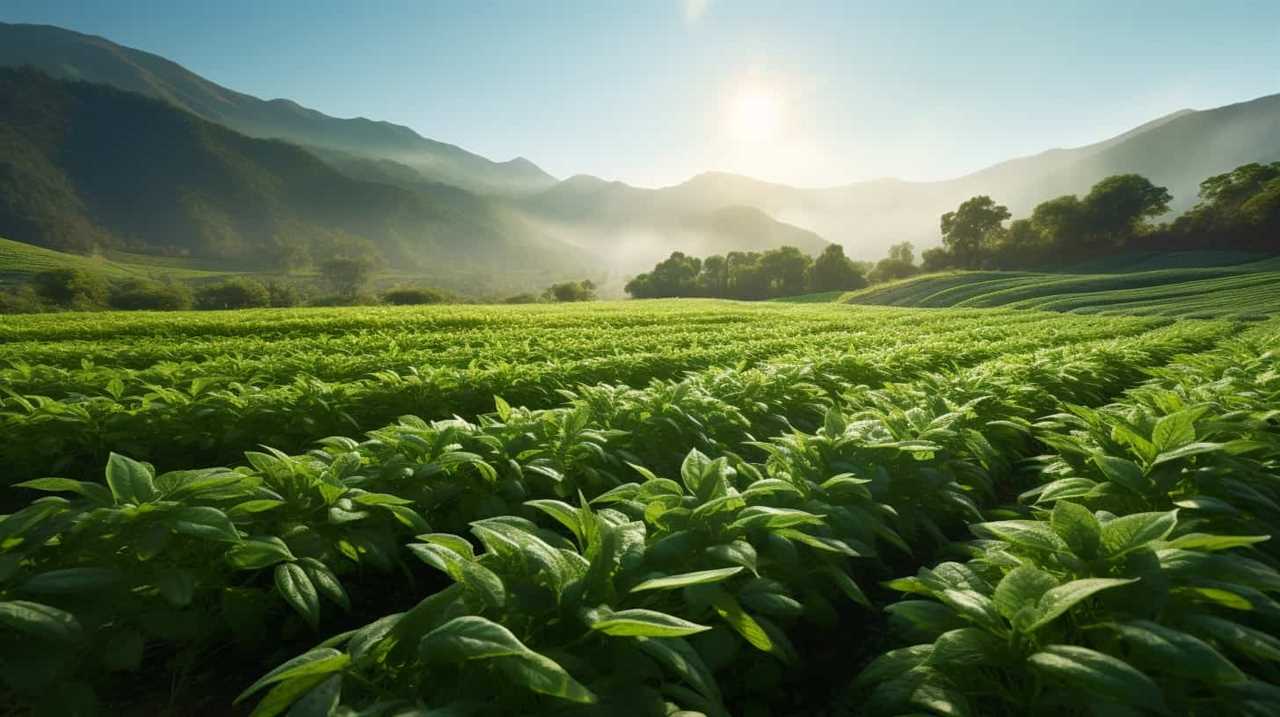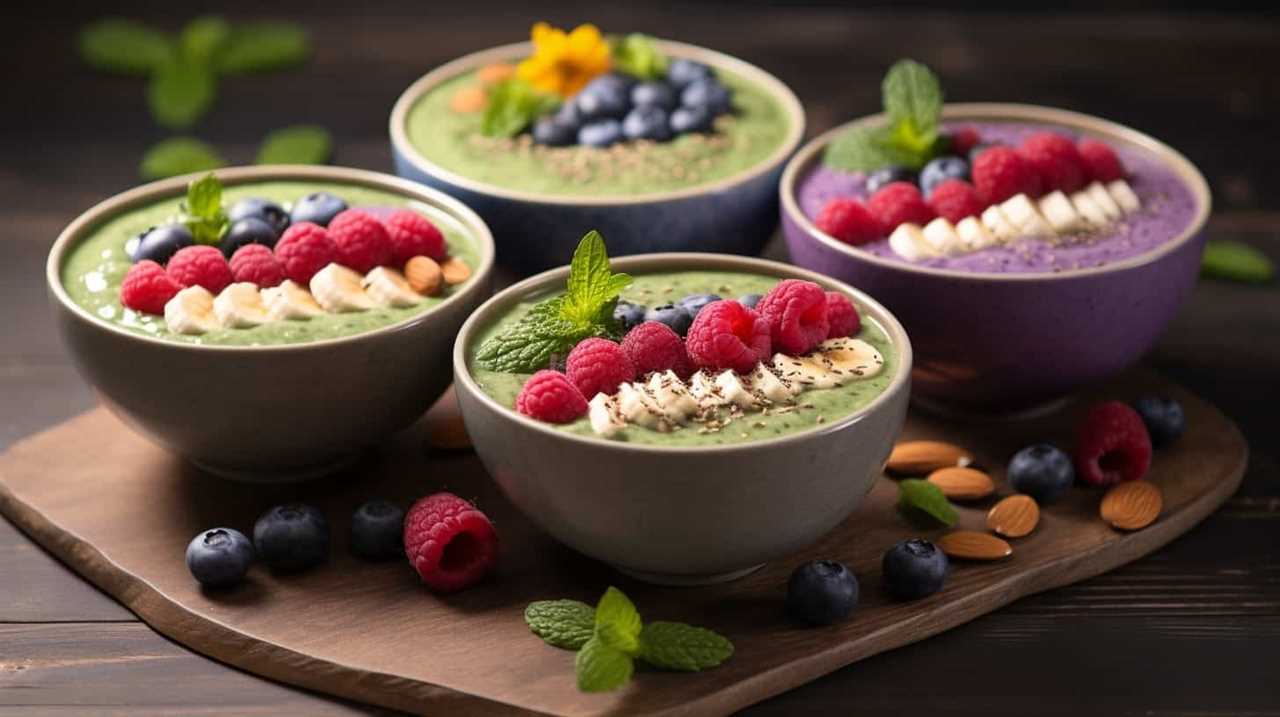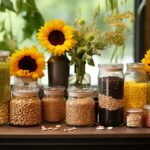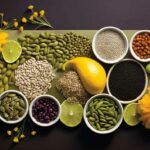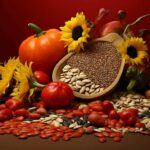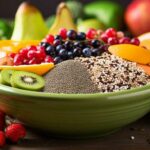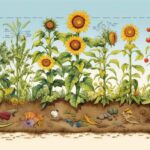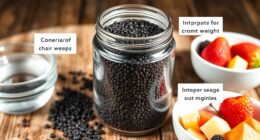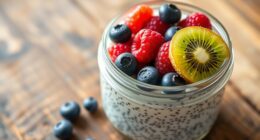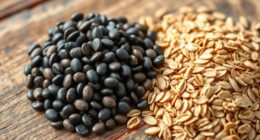As we delved into large-scale seed production, we discovered the importance of precision and dedication. Progressing forward, we recognized the benefits of broadening our operations.
From carefully selecting and testing the finest seeds to mastering the art of germination and propagation, each task brought us closer to our goal.
Join us as we delve into the intricacies of field preparation, irrigation, nutrient management, and the rewarding process of harvesting and seed processing.
Key Takeaways
- Careful selection and testing of seeds is crucial for successful mass seed production.
- Maximizing seed production through germination and propagation techniques is essential.
- Detailed soil analysis and crop rotation are important for maintaining soil health and preventing pests and diseases.
- Optimizing irrigation and nutrient management is necessary for maximizing crop growth and productivity.
Seed Selection and Testing
For our mass seed production, we carefully choose and test the seeds.
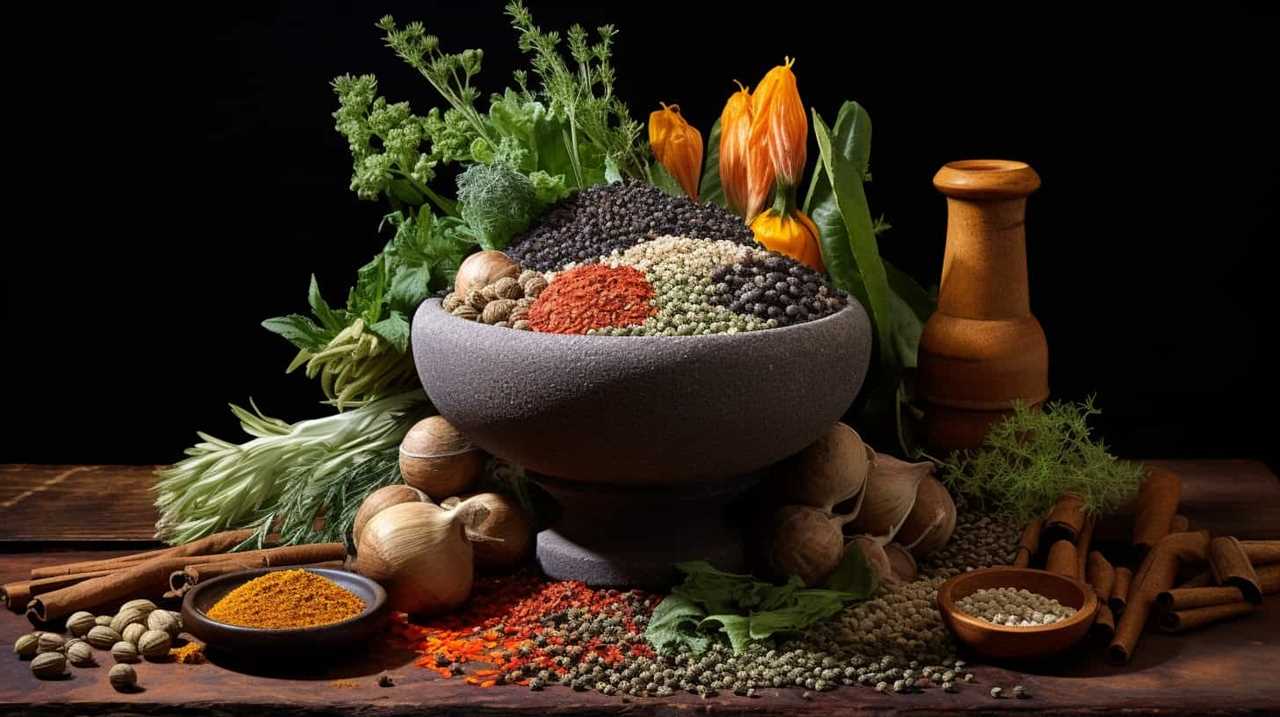
Seed storage and viability are critical factors in ensuring the success of our production process. We meticulously assess the genetic diversity of the seeds, as it’s essential for maintaining the resilience and adaptability of our crops.
Through rigorous testing, we evaluate the germination rate, seed quality, and overall viability. Our goal is to select seeds that exhibit high germination potential and possess the desired traits for our specific purposes.
By conducting genetic diversity assessments, we can ensure that our seed bank remains robust and capable of withstanding environmental challenges.
As we transition into the subsequent section about germination and propagation, we’ll explore how we harness the potential of these carefully chosen seeds to achieve optimal growth and yield.
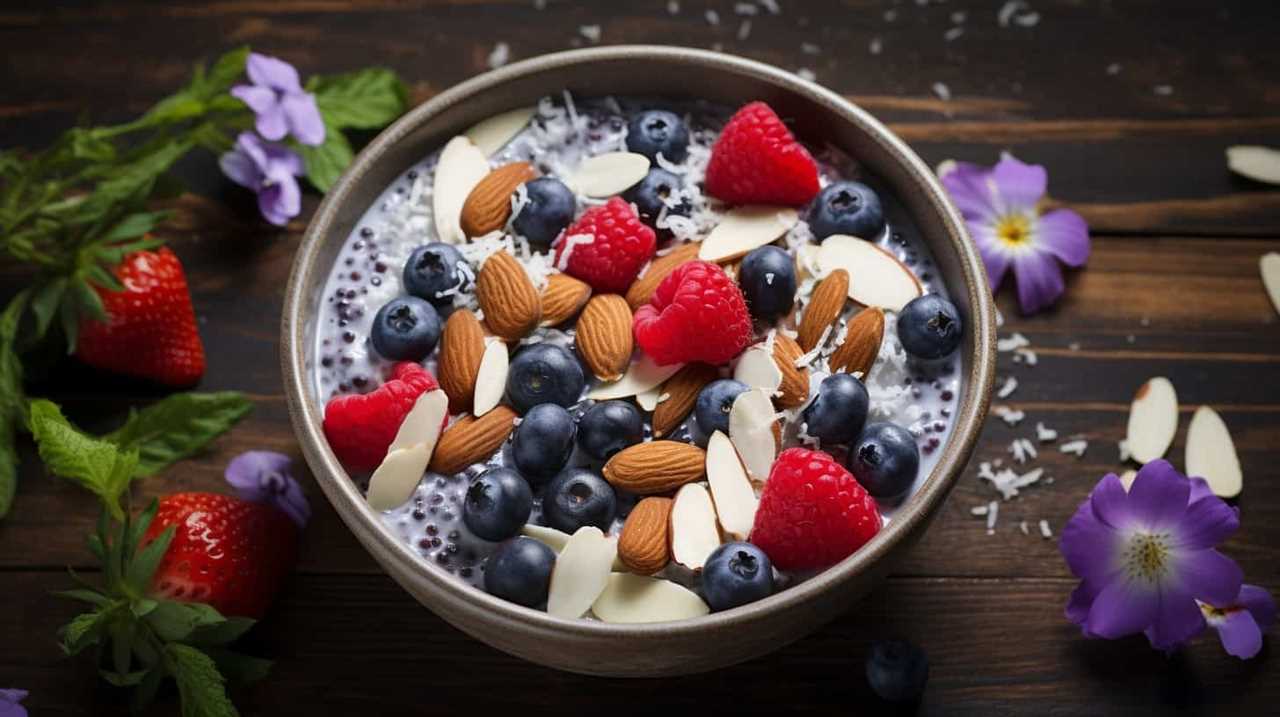
Germination and Propagation
To maximize our seed production, we carefully nurture a large number of viable seeds through the process of germination and propagation. Germination is the process by which a seed transforms into a seedling, ready to be planted. It requires specific conditions such as proper moisture, temperature, and light. Once the seeds have germinated, we move on to propagation, which involves transplanting the seedlings into suitable growing mediums. This ensures their continued growth and development.
To provide a comprehensive overview of the germination and propagation process, we have created a table outlining some key planting techniques and seedling care practices:
| Planting Techniques | Seedling Care |
|---|---|
| Sowing seeds at the right depth | Regular watering |
| Providing adequate sunlight | Fertilizing as needed |
| Maintaining optimal temperature | Protecting from pests and diseases |
| Ensuring proper drainage | Pruning for healthy growth |
| Thinning seedlings for optimal spacing | Monitoring growth and adjusting care accordingly |
Field Preparation and Planting
We prepare the fields and plant the seeds to initiate the next phase of our mass seed production journey. Before planting, we conduct a detailed soil analysis to assess its fertility and nutrient content. This analysis helps us determine the appropriate amendments needed to optimize the soil for crop growth.
We also consider crop rotation as a vital practice to maintain soil health and prevent the buildup of pests and diseases. By rotating crops, we can break pest cycles and reduce the reliance on chemical interventions. Additionally, crop rotation helps improve soil structure and nutrient availability, enhancing overall plant growth and productivity.

Through careful field preparation and strategic planting, we’re setting the foundation for successful mass seed production while promoting sustainable agricultural practices.
Irrigation and Nutrient Management
In implementing irrigation and nutrient management, our focus is on optimizing crop growth and productivity while ensuring efficient use of resources.
To achieve this, we’ve implemented drip irrigation systems that deliver water directly to the plant roots, minimizing water loss due to evaporation and runoff. This method is highly efficient, conserving water and reducing the risk of soil erosion.
Additionally, we prioritize soil fertility by regularly conducting soil tests to determine nutrient deficiencies. Based on these results, we apply targeted fertilizers to provide the necessary nutrients for the crops’ healthy growth.

Harvesting and Seed Processing
Our focus during the harvesting and seed processing stage is to ensure efficient production and preservation of high-quality seeds.
After the crops have reached maturity, we carefully harvest the seeds to prevent any damage or loss. We use specialized equipment to separate the seeds from the plant material, ensuring that only the highest quality seeds are collected.
Once the seeds are harvested, we move onto the seed processing stage. Here, we clean the seeds to remove any dirt, debris, or impurities. Quality control is essential during this process, as we carefully inspect each seed to ensure its viability and germination potential.
After the cleaning process, the seeds are stored in optimal conditions, such as cool and dry environments, to maintain their quality and prevent any deterioration.

This meticulous approach to harvesting and seed processing guarantees that we deliver the best possible seeds to our customers.
Conclusion
In conclusion, our journey in mass seed production has been nothing short of extraordinary.
From carefully selecting and testing the seeds, to ensuring optimal germination and propagation, we’ve spared no effort in guaranteeing the highest quality.
Our meticulous field preparation and precise irrigation and nutrient management techniques have resulted in an abundant harvest.
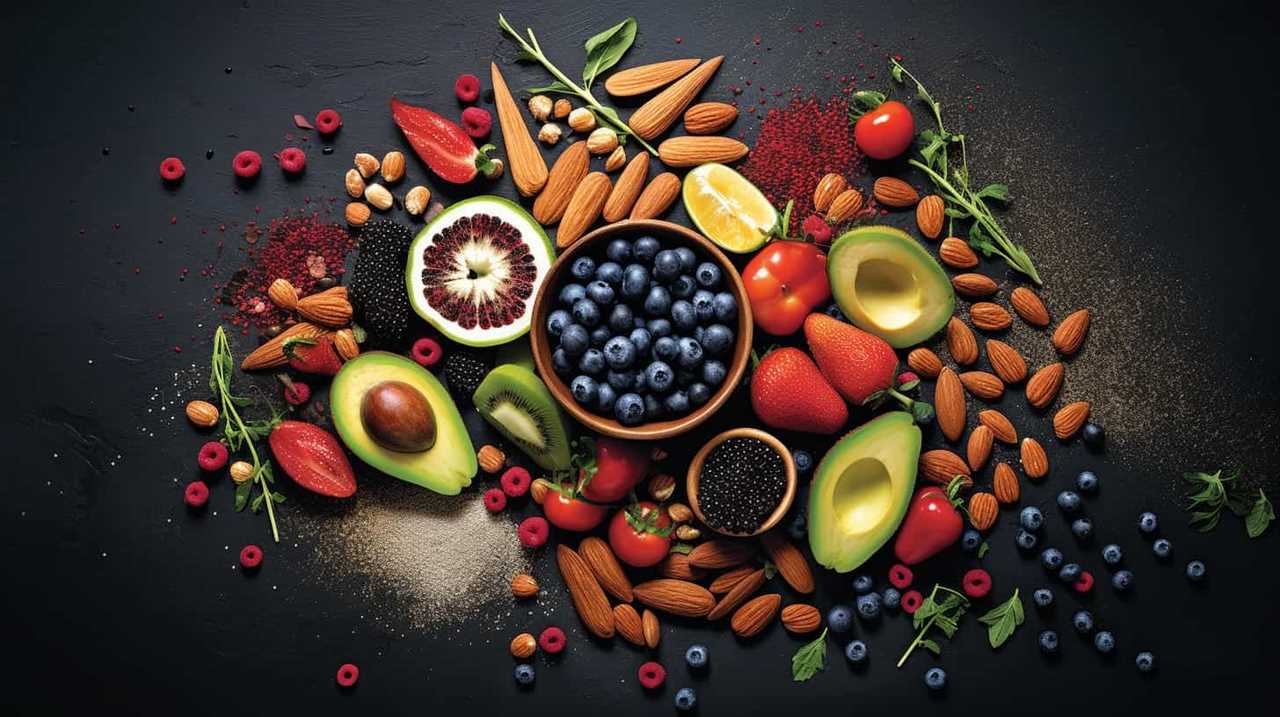
With our state-of-the-art seed processing methods, we’ve successfully scaled up our production and surpassed all expectations.
Our dedication to excellence has truly revolutionized the world of seed production.
